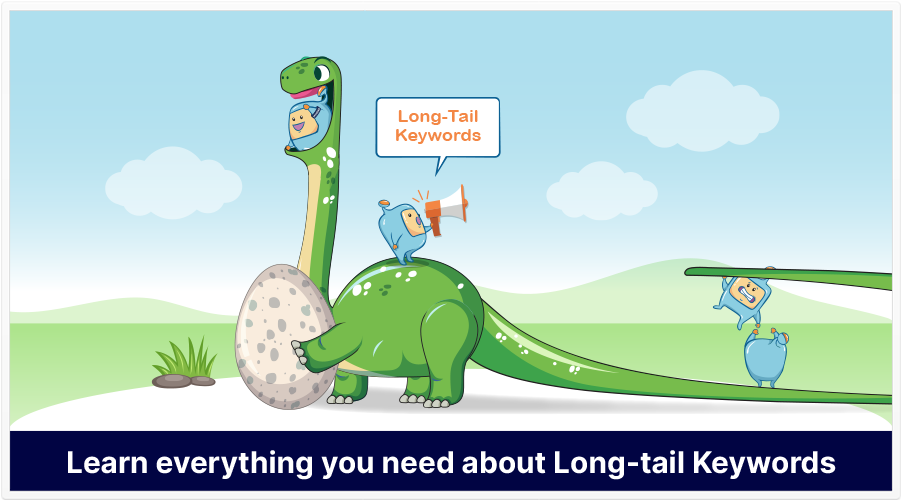
Long-tail keywords are a search phrase made up of three to five words, in most cases. These keywords help you target specialist populations because they are more specific than broad terms. Long-tail keywords also have a lower keyword difficulty score, which makes them easier to rank compared to more popular keywords.
Since long tail keywords are focused more on a particular niche, they are designed to better reflect how individuals make searches. These keywords are also less competitive than generic keywords. You can attract more high-quality visitors to your website by using long-tail keywords, and they are more likely to convert into sales.
However, the question is, how do “long-tail keywords” actually work?
Long-tail keywords become increasingly significant as a customer’s journey progresses. Users typically start with simple search queries and then it becomes more comprehensive as the search engines direct them toward resolving their queries.
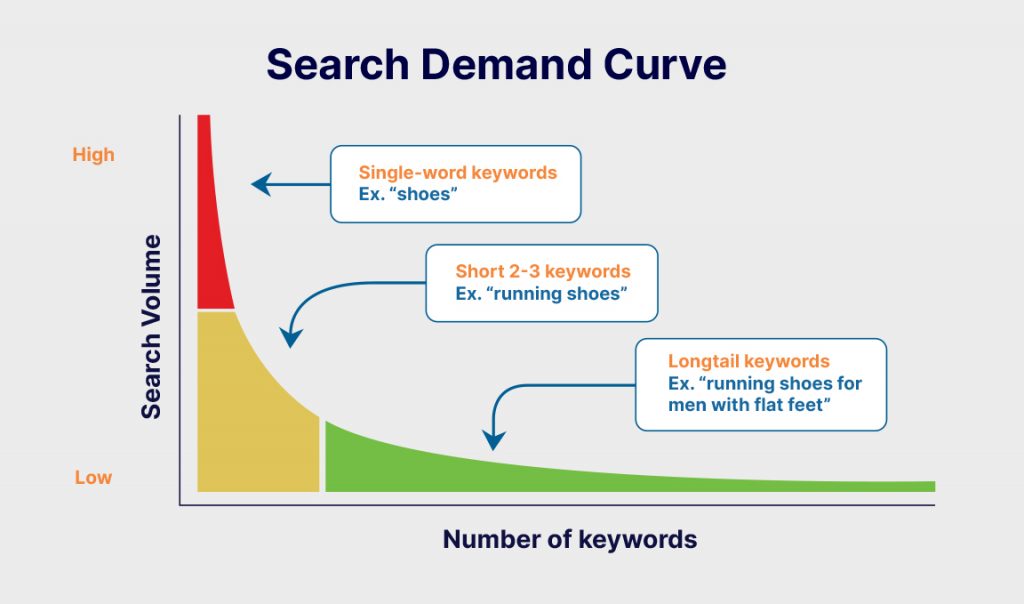
Let’s say you’re planning to buy an Adidas shoe but you would like to be more specific about what you’re looking for, so you will input “Adidas x speedflow sale”.
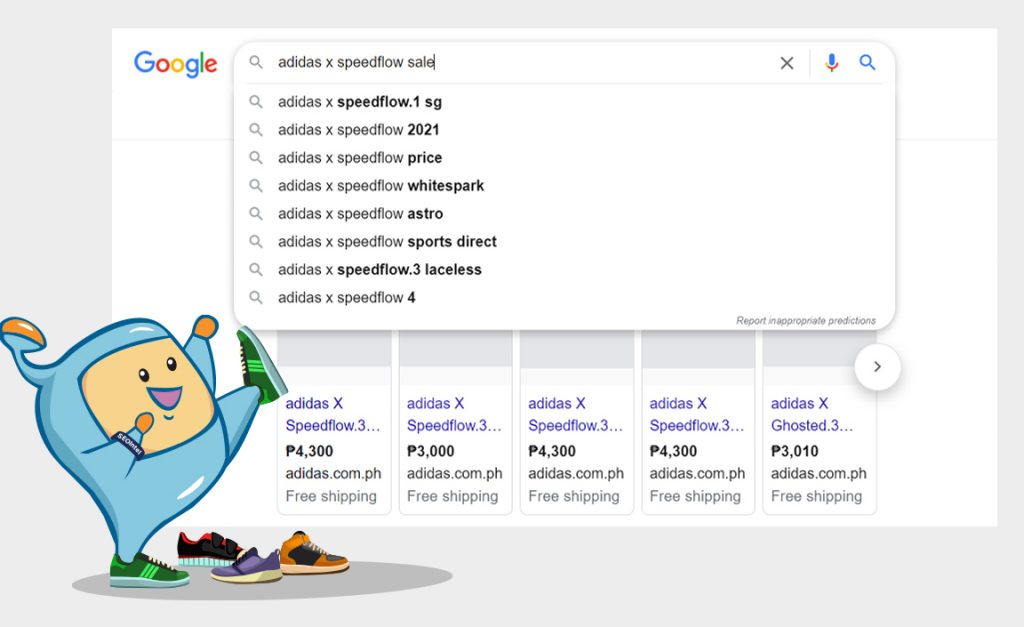
The popular keywords are usually the main word or brand name, so that is Adidas, and the long-tail keywords are “Adidas x speedflow sale” which has 4 words.
Through this search, the result will show specific images, websites, or information related to your query and they are significantly more direct compared to using a broad keyword such as “Adidas” which would give you roughly billions of results. This is in comparison to the more detailed long-tail keyword “Adidas x speedflow sale” which would only give you at least 2 million results.
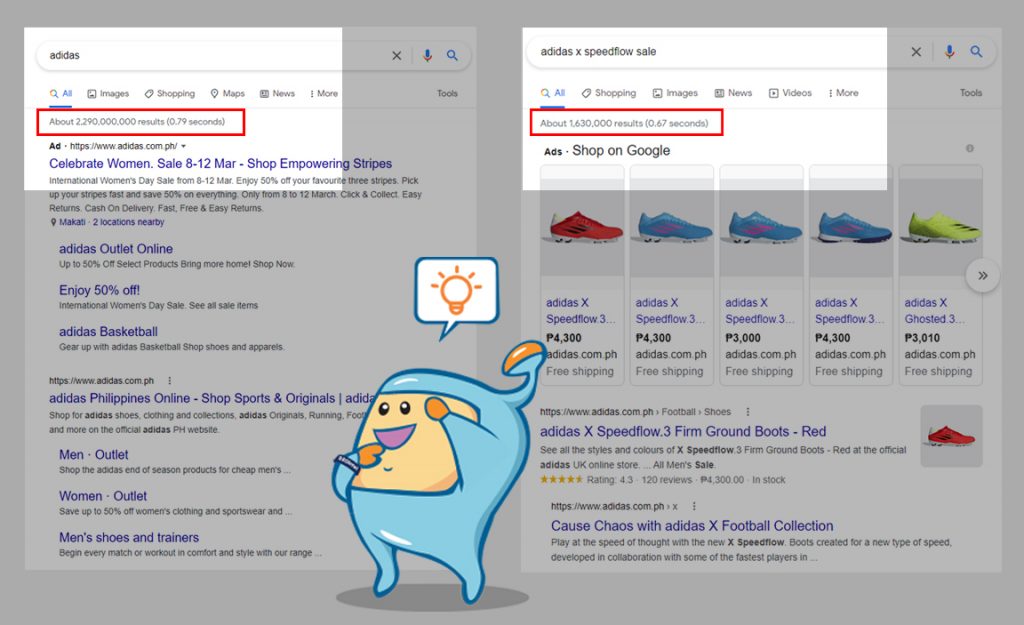
Who doesn’t want to be on the first page of Google’s search results? Website ranking is the main reason why you should focus on long-tail keywords because ranking for long-tail keywords is significantly easier than ranking for more broad or common keywords. It’s easier to rank for a term that’s longer (and more particular) than it is to rank for a shorter term, and it’s also easier to locate an audience for your specific niche.
Take note that concentrating on a handful of long-tail keywords can result in a significant amount of traffic, and in turn, this traffic could result in a sale.
It doesn’t mean that less is bad, in fact, less means more opportunity when it comes to long-tail keywords. But why, you ask?

We mentioned traffic and sales earlier. Website traffic refers to web users who visit a website. The more traffic means more opportunities to sell your products. This is why a lower volume of search engine search results means you have less competition and the user would most likely pick your website.
Since long-tail keywords have less competitors, they are also easier and takes less time to rank.
Competing comes with a price. Getting on the first page of the search engine results doesn’t mean it’s due to sheer luck, or that it is free.
There are two main sections in the SERPs, the paid search also known as pay-per-click or PPC ads, and the organic search.
For paid search or PPC, the more competitive the keyword is, the higher the cost would be to show up in the paid search part of the results.
Unlike PPC, organic search is free and you would not need to pay to be able to show up in the organic search results. However, the organic search results has the most competition and ranking in organic search requires time, effort, and money (tools, links, courses, etc.) to help you get your page optimized and ranking.
Since there are less competition for long-tail keywords, showing up in paid search and the organic search results can mean a lower cost for a PPC campaign and an SEO campaign.
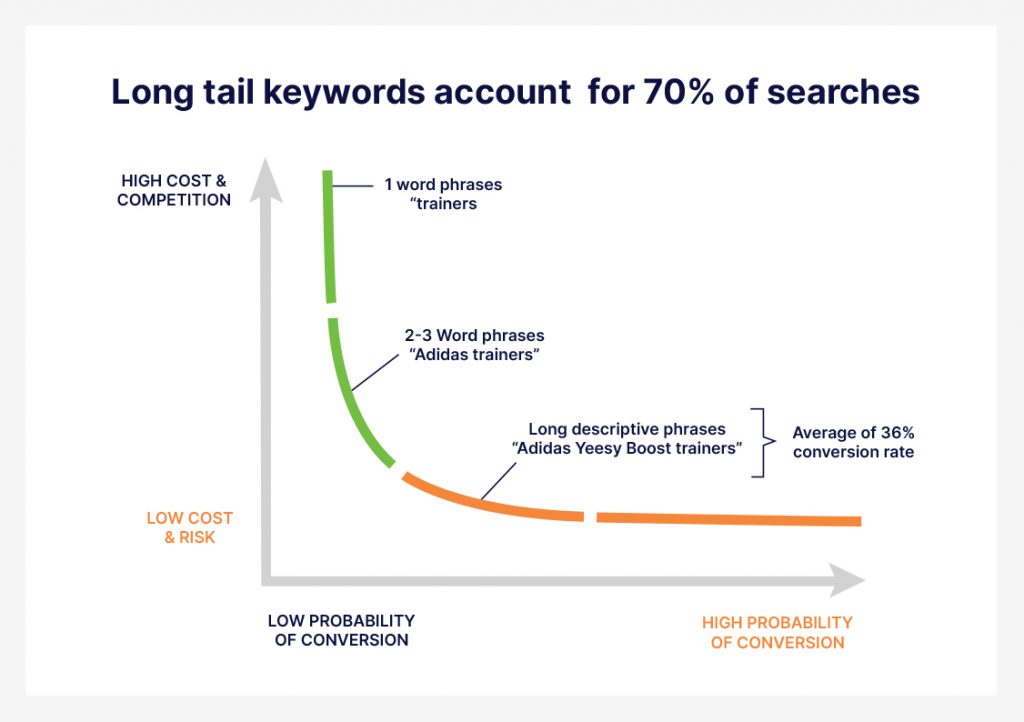
Since long-tail keywords (Adidas x speedflow sale) are meant to be more specific and targeted than the head terms (Adidas), there is a higher probability of conversion. The buyer personas already know what they are looking for and they are most likely to purchase the product with their credit cards ready in front of them. They won’t waste time scrolling over billions of options as they already know what they want.

Today, about 55% of millennials use voice search daily. These types of buyer personas utilize long-tail keyword phrases such as “Adidas x speedflow sale” or “Adidas x speedflow near me”. These search commands have an obvious purpose in their query. This makes long tail terms an important aspect of semantic search optimization.
Long-tail keywords, in most cases, already include the short, more popular and competitive phrases you wish to rank for. This makes it easier to achieve both of your objectives – increasing your rankings for both your head keywords and your more narrow, focused keyword.
Now that we have talked about long-tail keywords and their benefits, let us dig deeper and find out how to find long-tail keywords to help your site produce high-quality traffic that converts and so you could start working on your site’s content strategy.
You’re new and don’t know where and how to start? Remember these important factors when looking for the long-tail keywords:
The heart of what makes your product or service better than competitors is a unique selling point (USP), also known as a unique selling proposition. One of the keys to getting potential clients to convert to your site is to communicate your USP clearly and promptly. Let’s say you sell shoes online, you have a very competitive business and competitive terms, but what makes you unique among others?
You can say you offer 7 days free returns if you’re not happy about it, free shipping, or even a personal pick-up door-to-door courier that gives a more convenient and faster process of returning the product.
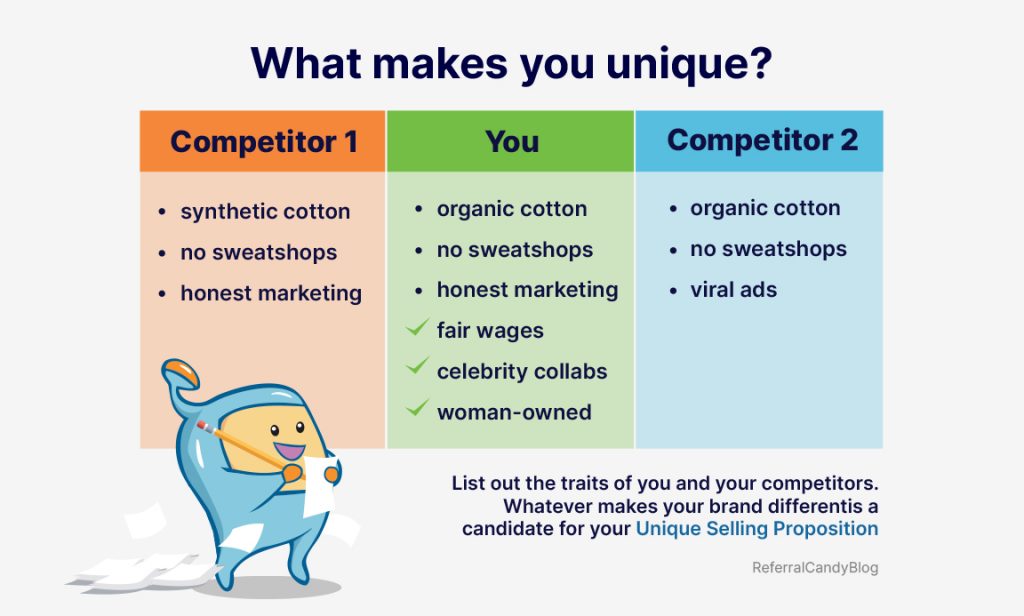
The first question that will come to your mind is, “how?”.
When it comes to determining the demands of your target market and user intent, there are many different techniques you can take and the one you ultimately choose will be the one that is best suited for your business.
It’s important to remember that your relationship with each member of your target market starts with a human/emotional connection. In other words, you must be able to relate to them as individuals before considering doing business with them.
Here are some tips on how to meet the needs and wants of your target audience.
First, meet them. How to do so? Why not start engaging with them. It could be through social media or on your site itself. This way, you can hear more than you speak. Using the said platform, you can interact and ask them questions, what it is they are looking for, what they need, what would make them happy, etc. Finally, ask yourself if what you’re giving is also valuable to you.
These are just two of the things you need to consider when it comes to long-tail keywords. Now, let’s talk about keyword research.
Start with the 80/20 rule in long-tail keywords. The 80/20 rule, often known as the Pareto principle or the law of the vital few, is as follows:
20% of the causes are responsible for 80% of the impact.
That means a small percentage of your efforts will yield a large percentage of your results.
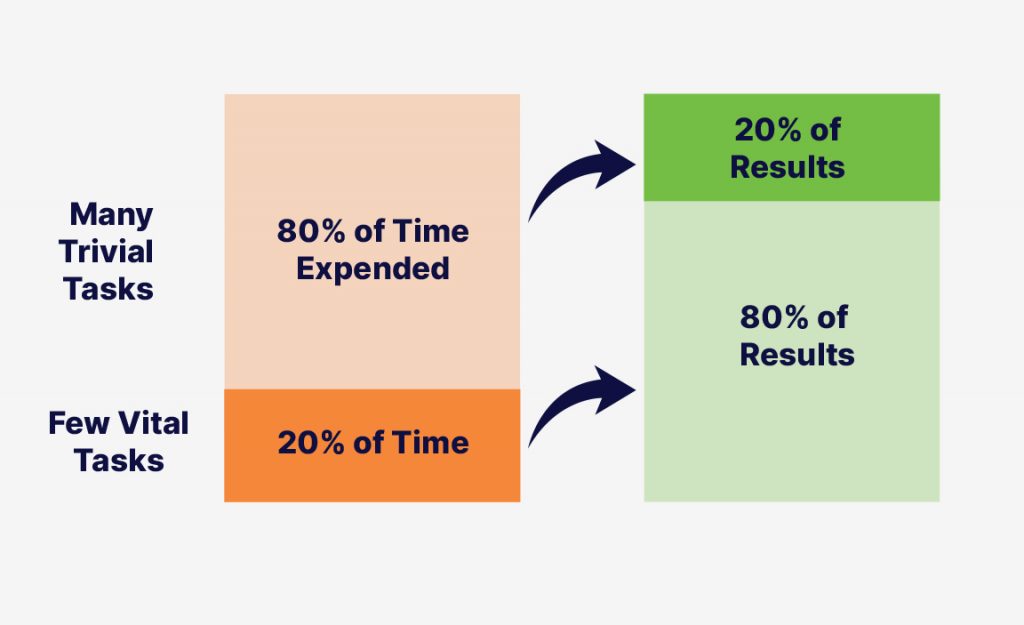
Next, try Google “Searches Related to…”. You can find this for free when you search for a term in Google. You’ll find searches or keyword suggestions that are connected to your target keyword at the bottom of the page in the related searches section.
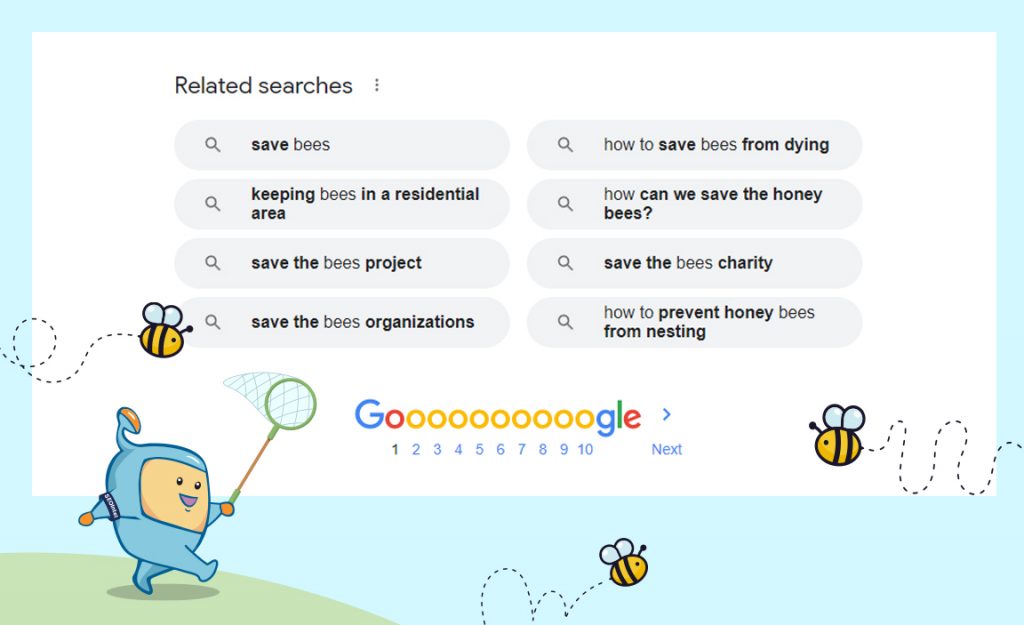
Answer The Public is also a very helpful tool that you can use to get long-tail keywords. It is a keyword tool that visualizes search inquiries and recommended searches in an image. It is categorized with the 5Ws, as well as “how”, “can”, “which”, “are”, and “will”.
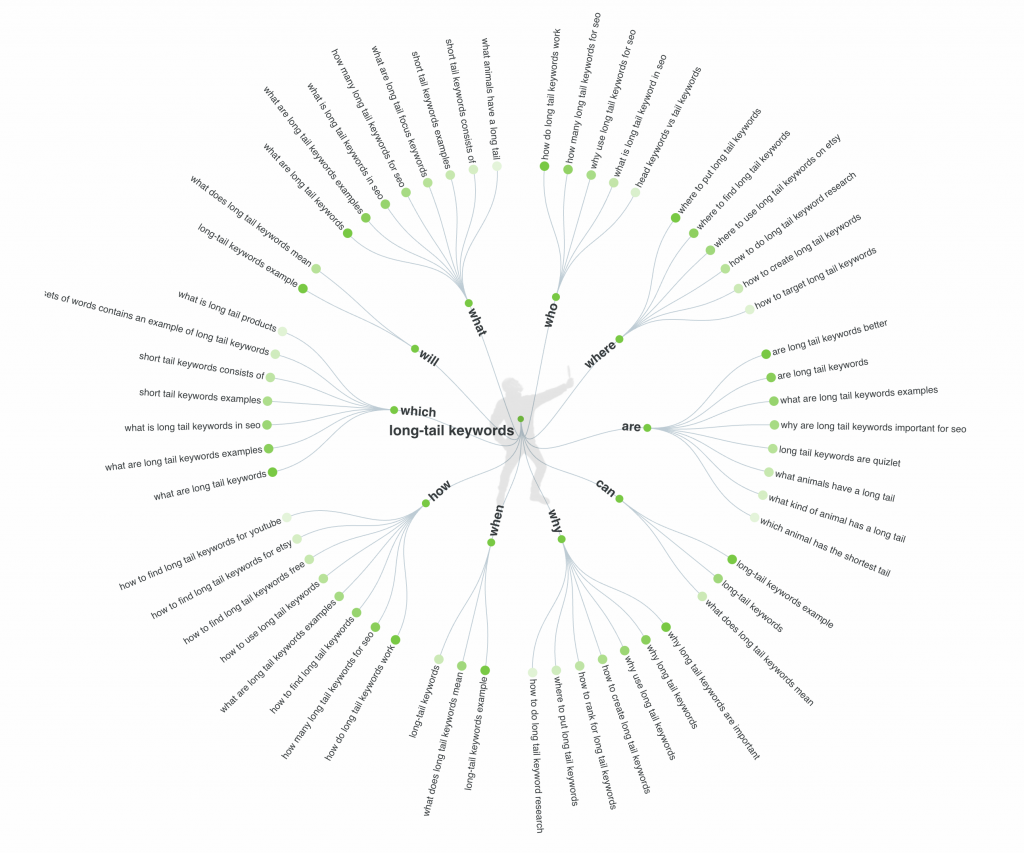
One thing you must not forget are areas where you can hear, speak, and listen freely such as through Blogs, Forums, and Boards. Social media channels such as Twitter, Facebook, LinkedIn, Pinterest, Instagram, are also some additional areas.
There are also various keyword research tools that you can use to help you search for long tail keywords and with these tools, you are able to see data such as search volume, keyword difficulty, etc. To know more about these tools check out our Beginners Guide to Keyword Research.
By now, you should already have a list of long-tail keywords. The question is, which ones to go for first?

Understanding search intent can help you produce content that specifically targets questions and can convert.
Get your keywords list and start organizing it by topics, then identify prospective search intent topics that could be grouped together.
If you already have content on your site that talks about these topics, you might be able to naturally include these long-tails into your copy. If not, you now have some ideas for what your next post should be about.
Don’t forget to measure the amount of traffic you’re currently driving for long-tail keywords. Check whether you’re gaining traction for those search phrases month after month.
Examine how valuable the long-tail traffic is. It’s not a smart place to spend your time on if you get to the top of the SERPs for a long tail search term but get no traffic for it. Start testing your call-to-action and landing pages if you’re getting a lot of traffic but few conversions. If you’re still seeing no results after A/B testing CTAs and landing pages, concentrate your efforts on more profitable keywords.
Find out which keywords bring in the most money. Once upon a time, a customer was a prospect, a prospect was a lead, and a lead was (maybe) a long tail searcher. Begin tracking which long-tail keywords are bringing in the most potential clients. Customer acquisition expenses and lifetime customer value indicators can be added to this equation over time.
Assess the success of long-tail keyword-optimized content. Bounce rate, time on page, social reach, and inbound links are all important metrics to examine.
Check for any similar terms. Experiment with synonyms of long-tail keyword phrases that drive traffic, conversions, and other good site metrics once you’ve identified them. For example, if the word SpongeBob costumes for kids is successful, the term SpongeBob costumes for boys is likely to be successful as well.
Finally, examine your material for flaws and chances. Every day is an opportunity to improve your site for a set of searchers if you observe individuals arriving to your site from relevant search phrases you hadn’t considered. For example, a costume merchant may profit from the search term “Birthday Blowout during the pandemic,” even though the word doesn’t specifically reference SpongeBob costumes or anything related to costumes and crafts.
Google search’s Pay Per Click (PPC) campaign using long-tail keywords can be a great way to get more traffic from people who are interested in buying your products or services. As mentioned earlier, long-tail keywords have less competition, have lower cost, are highly targeted and specific, and are also relevant to voice search.
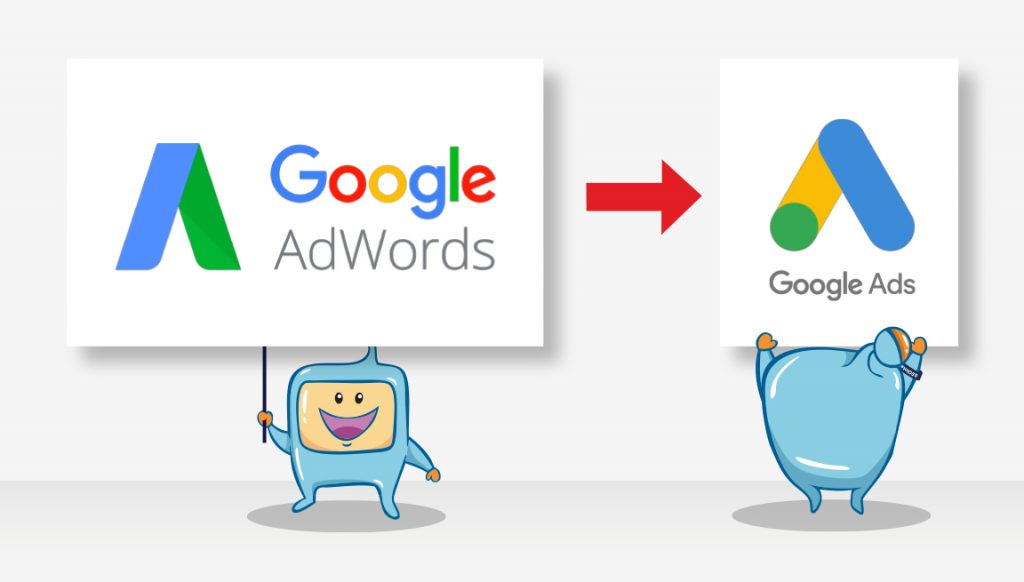
Are you ready to talk about Boosting Paid Search Traffic with Long Tail Keywords?
With so many relevant long-tail keywords to pursue, it’s simple to overcrowd your Google Adwords account. When you’ve come up with a list of prospective long-tail keywords to use, put them through Keyword Planner to make sure they have enough search traffic to justify your direct investment. You don’t have to miss out on this traffic if you remove low-search-volume keywords from your list. Create two campaigns to ensure your advertising qualifies for all relevant long-tail keywords:
Through this, you may prioritize long-tail keyword chances through campaign bidding and continually return to your General Campaign’s Search Terms Report to identify fresh long-tail keyword opportunities.
To get the most out of long-tail keyword targeting for PPC, make sure it’s relevant. Include your whole keyword in your ad copy to improve it. Include visuals that are relevant to your keyword targeting in your Google Shopping ads.
I hope that I was able to explain in depth what long-tail keywords are and their importance in your PPC and SEO campaigns. Ready to search for long-tail keywords to target for your site and market? Check out our Keyword Research article to help you get started.